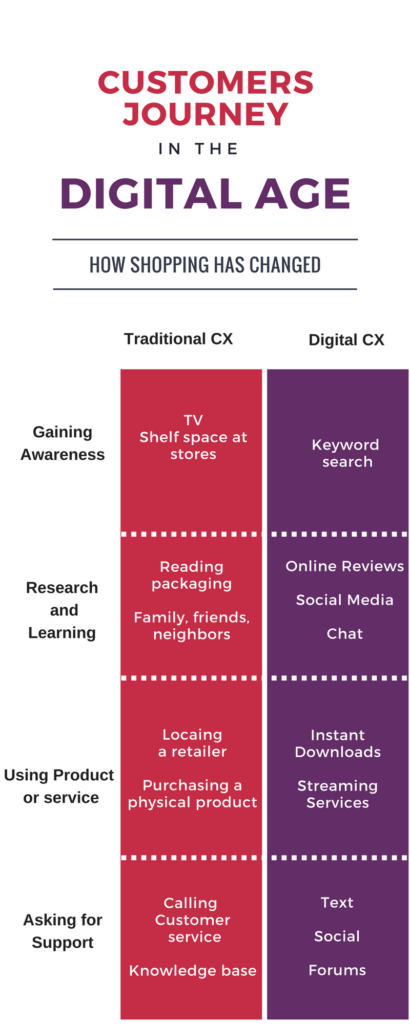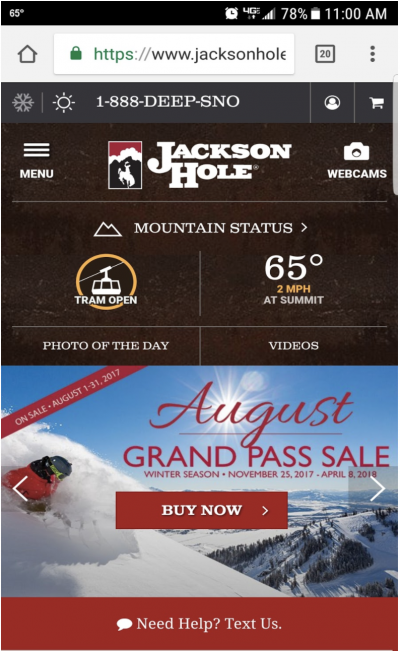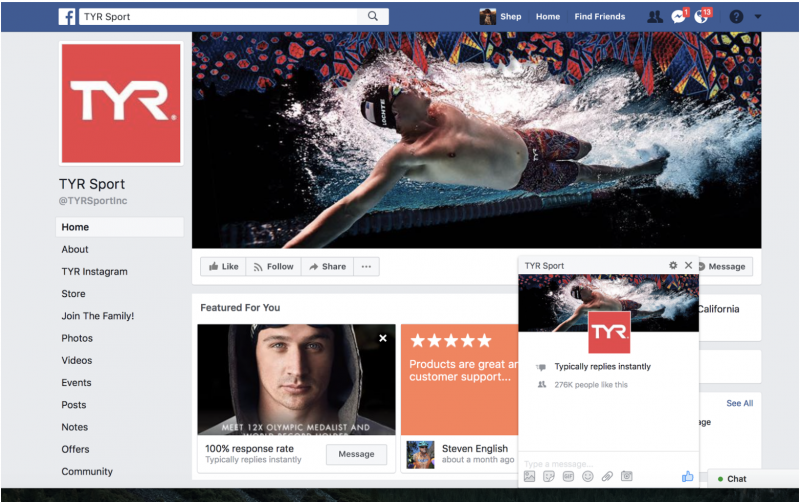The age of digital disruption has changed customer expectations, requiring companies to operate at a higher level of ingenuity and sophistication. Businesses today must focus on delivering an exceptional digital customer experience in order to outpace their competition.
While consumers are still performing the same basic activities during their engagement with a company, the channels available, the devices used, and the speed at which these activities take place have drastically changed. The 4 most common ways consumers engage with brands include:
- Gaining awareness of a product
- Researching and learning more about the product/service
- Using the product or service
- Asking for support
Technology has forever changed customer expectations of how everyone – friends, family, and yes, even companies should engage with them. Customers now expect convenient, effortless, and personalized experiences with brands whether they are asking questions and want speedy answers prior to buying, or they need step-by-step guidance to resolve their issue post-purchase.
Customer Experience challenges in the digital age
It is frequently stated that Customer Service is the only long-term differentiator in today’s world. Brand reputations are built or damaged based on the quality of service they provide.
In order to deliver world class digital customer engagement you have to differentiate from the average, not set it as the bar to meet.
While many companies recognize the gravity of the customer experience and the shift of customer expectations, many only look to keep pace with their closest competitor. In order to deliver world class digital customer engagement, you have to differentiate from the average, not set it as the bar to meet. Forrester reports that only 7% of companies are exceeding customers’ expectations and worse, 25% don’t feel they even meet customer expectations.
One of the greatest difficulties in delivering superior digital customer engagement is mindset. Intuitively, the entire company, from executive leadership to front-line employees, wants to deliver a consistent, best-in-class digital experience across all channels, but have a hard time differentiating it from traditional customer service.
It is imperative to recognize the gap that exists between traditional customer service and a digital customer engagement. As stated above, customer activities are the same (shopping, comparing, purchasing, seeking support) but usage and expectations are vastly different. Consumers no longer walk into a store to browse and talk to a sales person everytime they want to purchase something. They no longer have the time or inclination to pick up the phone or email to place an order or ask a question. The traditional channels are being eaten up by the digital channels. Phone calls and emails are being eaten up by the more convenient SMS/text messaging and web chat channels.
Some companies will use the fact that the activities are the same as an excuse not to implement more innovative means to enhance their digital engagement, or do just enough to keep up with the closest competitor. Those are the companies that will not succeed in the long-run.
Quiq’s clients are using digital customer engagement like text messaging, Facebook Messenger, and Web Chat, to set themselves apart within and outside their industry. These innovators know that customers want easy, convenient, and frictionless ways to engage with everyone – especially companies that have earned their business. What should companies consider when becoming more digital service savvy?
Mobile-first. Always.
Focusing on the digital customer engagement in an age, when everyone looks to their mobile device for research or to seek support from brands, means to adopt a mobile-first design for each interaction. Consider and evaluate how an average customer will interact with each of the digital channels, and clearly define what the ideal experience is.
Here are a few considerations:
- Make digital channels highly accessible

- Lead with the channels that are preferred and most commonly used by customers to communicate (SMS, Facebook Messenger, Web Chat).
- Facilitate easy, seamless interactions
- Information gathered from one channel should be used if and when the customer contacts you via a different channel. Selecting products that can integrate with your existing CRM system to leverage customer information across channels will support this goal.
- Deliver a visually consistent presence
- Ensure your company’s branding, voice, and vibe are consistent across all channels. Customers don’t think about “channels”, they think about what they need in that moment and the fastest way to get it. Make sure your brand is consistently represented regardless of touchpoint.
In addition to the above, it is important to realize that customers are much more visually-driven then ever before – emojis, Pinterest and Instagram are evidence that customers are far more comfortable with taking, sharing, and consuming visual content. With this in mind, consider how each channel will use visual media to engage with customers or vice versa. For example, many Quiq clients encourage customer service agents to exchange emojis, videos, and pictures with customers, which is the way they communicate with family and friends and helps bring context into conversations. They also encourage customers to share photos and videos to more quickly help with purchases or problems.
Putting the Customer Center Stage
Consumers are constantly being bombarded with information and experiences online and off. This onslaught of information makes it harder for us to remember every detail and interaction with brands. While it would be impossible to remember every interaction, your customers will likely remember the first and last interaction.
Today’s digital customer is very likely to have that first interaction on your website or trying to contact your business to ask questions about your product or service from their mobile device. Armed with this information, you can design that first-touch experience with the customer’s ideal engagement at centerstage – making it convenient and easy for them, not you.
Enabling your landlines to send and receive text messages, for example, and having web chat active on your website supports these goals. Many Quiq clients are surprised that a lot of their customers are trying to text them on their existing landlines. Think of how surprised and delighted your customer would be to receive the post sale customer support by text message, the preferred means to contact a business, instead of receiving an error message.
Likewise, a customer’s last interaction may very well end with a digital engagement, whether that’s a mention on Facebook or trying to engage with customer service from their mobile device. Wouldn’t you prefer your customers to walk away from that first or last experience, thinking “Wow, that was easy”.
It’s Never Too Late to Transform your Digital Customer Engagement
As the inspiring wisdom of the old Chinese Proverb says:
“The best time to plant a tree was 20 years ago. The second best time is now.”
You don’t need a crystal ball to tell you that a new digital customer engagement age is upon us and neither do your competitors. You can stay ahead of your competition and deliver an exceptional experience that exceeds your customers expectations by investing in technology such as Quiq Messaging.
Quiq Messaging helps businesses quickly and easily interact with customers, whether they have a question pre-purchase or post-sales. Schedule a demo to see how you can easily provide a digital customer engagement that will “wow” your customers and keep them coming back for more.
About Quiq
Quiq makes it easy for customers to contact a business via Messaging, the preferred channel already in use with our friends and family. With Quiq, customers can now engage with companies via SMS/text messaging, Facebook Messenger, Web Chat, In-App,and Kik for help with their pre-sales and post-sales questions. Learn more about Quiq today at quiq.com.
![[White Paper] Building a Digital Engagement Strategy for Customer Service](https://quiq.com/wp-content/uploads/2018/01/digital-engagement-strategy-white-paper-1200-x-800-1.png)








